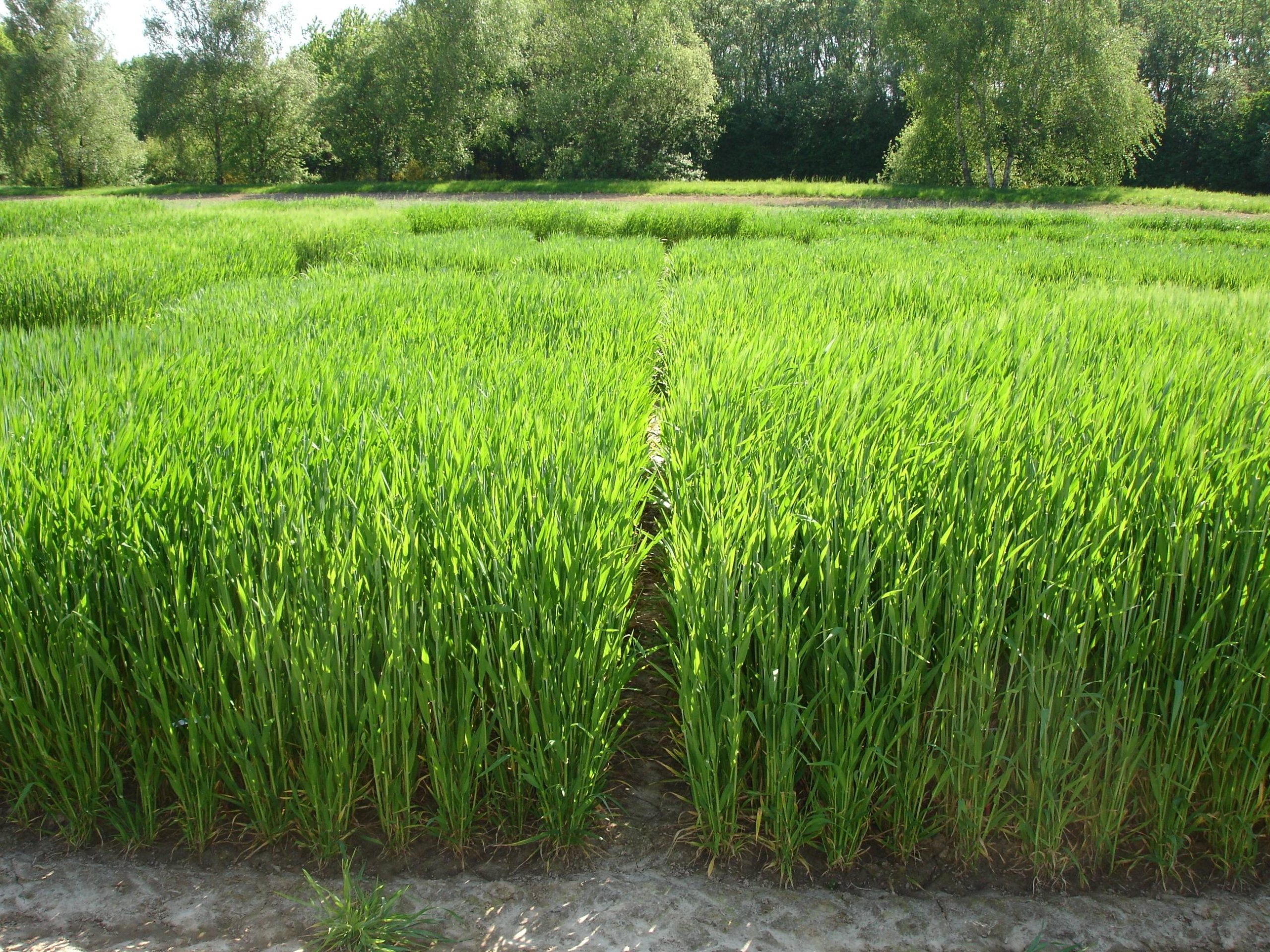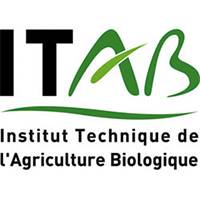Organic Agriculture & Variety Listing
Promoting national listing of varieties adapted to organic agriculture
In order to meet the needs for adapted varieties, which are essential for farmers and processors in organic production, a commission dedicated to varieties for organic agriculture (CISAB) was set up within the CTPS in 2017. This commission aims to foster the sharing of experiences and approaches amongst species and to promote the registration of varieties adapted to organic production in the Official French Catalogue.
The purpose of this commission is to:
- create a forum for reflection and transversal discussion within the CTPS,
- identify the needs and gaps of organic farming, processing and consumers for different species, in terms of varieties and seeds.
- promote national listing of varieties adapted to organic production and clearly identified as such.


This commission is intended to operate in cooperation with the species sections of the CTPS, and with the Seeds Commission of the French Committee for Organic Agriculture (CNAB). CISAB is a commission which works to foster discussion, recommendations and questions, and to facilitate cross-cutting exchange between sections of the CTPS. Decisions, regulations, registrations are carried out by the CTPS species sections.
The commission is composed of administration representatives including the National Institute of Origin and Quality (INAO, in charge of all official quality signs), researchers from INRAE (French National Research Institute for Agriculture, Food and the Environment), seed organisations (Semae, FNAMS), agricultural technical institutes with several representatives from ITAB (French applied agricultural research organisation dedicated to organic food and farming), and organic professionals (farmers, millers, cooperatives).
Representatives of the organic sector participate in the majority of the CTPS Sections as well as the Plenary Committee, and in certain VCUS commissions.
In addition to the organisation of CISAB and the CTPS, organic farming is also present in variety testing. A specific evaluation system for organic farming has existed since 2010 for soft winter wheat. A durum wheat variety for organic production is currently being evaluated in a special trial starting in autumn 2020. For soybeans, the national testing network includes 2 organic sites. The triticale registration network includes organic sites as of autumn 2021.
What approach should be proposed to the CTPS Sections in order to include organic production in the registration process?
For species with VCUS examinations, the approach consists of three steps.
1) identify characteristics sought by organic farmers, processors and consumers of organic products.
2) build the testing system by using existing variety testing systems, or even by encouraging them to evolve towards “less pesticides” and more diversification of cropping systems. For each characteristic, its sensitivity to production systems (organic or conventional) must be considered. If the classification of varieties is not influenced by the cropping system (weak genotype x management interaction), the characteristic could be assessed in either organic or conventional systems. This is the case for the most heritable traits such as height, earliness and most disease resistances (especially for the major genes). Depending on the species, the systems may therefore be different (see illustration below).
3) The last step is to adapt the rules for registration.
For vegetable species, the first step shall be to raise awareness of users on gathered data during registration process. For vegetable growers (organic and conventional) and gardeners, GEVES is working on providing them with a searchable database of varieties and their characteristics, to help them in their choice of variety. The information included in this future database comes from official tests carried out by GEVES as part of the testing for listing in the official catalogue.
Find out more:
- Presentation at EUCARPIA March 2021 “Breeding and seed sector innovations for organic food systems”
Organic Agriculture and the different sections of the CTPS
Organic Agriculture is present in the evaluation of varieties.
A specific evaluation system for organic farming has existed since 2010 for soft winter wheat, the first varieties registered based on specific studies for organic farming were registered in the autumn. This system has evolved over time, the double experimentation of the AB and AC networks has been abolished from the 2020 deposits. Presently, the study system includes trials under AB conditions to evaluate productivity, quality, covering power, height and resistance to diseases and lodging. It is completed by specific trials to evaluate cold resistance, alternativity, and disease resistance including bunt. The decision rules used for registration are based on the characteristics sought by AB. VATE system for AB soft wheat. It is interesting to note that soft wheat is the species that is most frequently taken into account for specific systems for AB at the study level (link to a summary made in 2019).
A similar system is under construction for durum wheat. For this species, the 2 candidate varieties have been introduced into the post registration network led by Arvalis.
In soybean, for the late series (I and II), the national evaluation network includes 2 sites in Organic Agriculture for years and 1 site on the INRAE Casys platform (agroecology without pesticides).
The triticale registration network includes AB sites from autumn 2021 onwards. As for soybean, all the candidate varieties for registration in France are evaluated under AB conditions, and the yield obtained under these conditions will be integrated in the final decision. This evaluation network integrating AB sites should allow to increase the hardiness of registered triticale. Cover rate measurements are currently being tested to evaluate the feasibility of describing varieties on this characteristic. The results of these 2 years of studies should make it possible to identify the most promising varieties for Organic Agriculture, adaptation which will be confirmed in post registration. For more information.
Organic agriculture is also well represented in oilseed flax. It has been possible to enrich for 2022 spring flax plantings from trials under organic conditions in 2022.
The spring oat network, a fungicide-free network, includes a low-input trial on the INRAE Casys platform and since this 2022 harvest an organic trial.
Varieties registered on the base of an evaluation system adapted to organic production.
Link to the table
DUS testing and varieties
Today, organic production may use varieties bred under conventional conditions, or varieties that have been bred in the final stages under organic conditions, or varieties bred for organic production but with the first years of nurseries under conventional conditions, or varieties bred under organic conditions during the entire breeding process. In addition, organic production also uses old varieties, or new populations resulting from “breeding” work using old populations or from creation by multiple crossing. Indeed, varieties with a high level of heterogeneity are sought to have a potential for evolution and adaptation to local conditions.
The European Regulation on organic farming (2018/848) integrates two new types of genetic material, to meet the needs of organic farming: Organic Heterogeneous Material and Organic Varieties Adapted to Organic Production. Both are defined by a high degree of heterogeneity.
The ongoing implementation of this new European Regulation is an opportunity to share with various organic stakeholders what DUS studies are and in particular what DUS means for the variety catalogue.
The aim of the catalogue is to support users by providing them with a description of the variety that identifies the variety that is distinct (D) from other varieties and guarantees that the variety purchased in year x will be the same as in year y (S: stability). Uniformity (U) facilitates distinctness and stability.
The catalogue of varieties currently includes varieties with a very high level of uniformity (lines, simple hybrids), but also varieties with heterogeneity, such as synthetic varieties (particularly for forage species) and population varieties (mainly for vegetable crops). The DUS depends on the genetic structure of the varieties (lines, hybrids, populations)
CISAB and GEVES will be working in particular on DUS in the coming years through their participation in the temporary experimentation on Organic Varieties Adapted to Organic Production defined in the European regulation 2018/848. Should we and how can we change the protocols used in DUS?
Find out more:
More informations
On this website:
- the summary of the technical system for soft wheat varieties adapted to AB
- Article and presentation made during the 2nd meeting of organic field crops, day organized by ITAB, Arvalis Institut du végétal, and Terres Inovia
- FAQ
Access to the European organic regulation
On other website:




